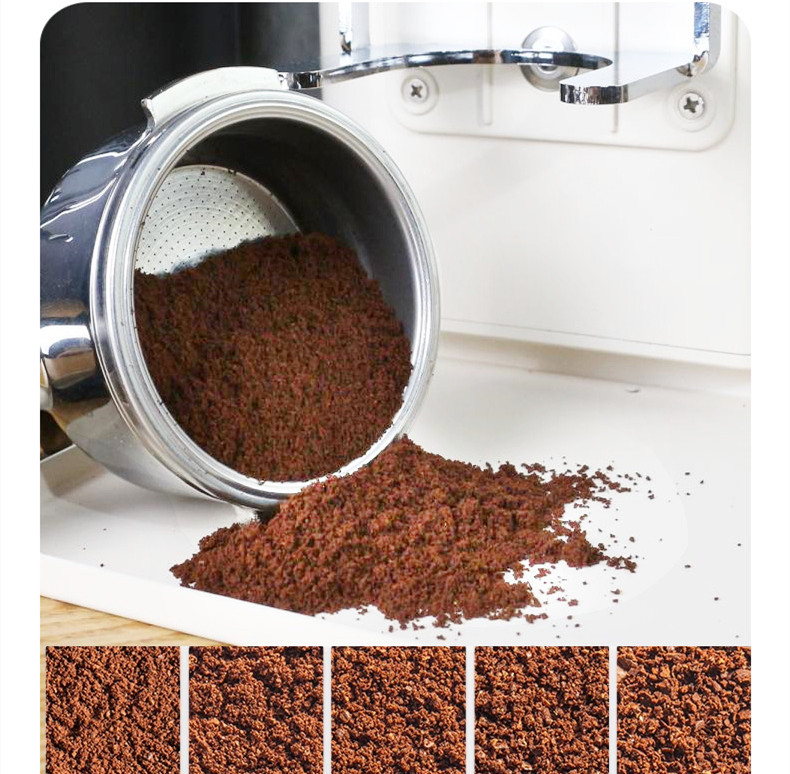When choosing a professional-grade coffee roaster, the following aspects should be considered:
Baking method
The common roasting methods of professional coffee roasters include direct fire type, semi-hot air type and hot air type. Direct fire roasters heat coffee beans by having the flame directly contact them, which can retain the original characteristics of the coffee. The coffee roasted in this way has a rich aroma and flavor. However, it tests the roaster’s fire control skills. If operated improperly, it is easy to cause the coffee to be “burnt on the outside but raw on the inside”. The semi-hot air roastery combines the advantages of direct fire and hot air. The open flame does not directly roast the coffee beans but uses the heat transferred indirectly to roast them, making the roasting more uniform and the heat stable. It can produce coffee beans with relatively stable flavor and aroma. The hot air roaster uses a blower to draw in air, which is then transformed into hot air through a heating coil to roast coffee beans. It features a fast roasting speed and high uniformity, but it may result in a relatively monotonous flavor of the coffee beans.
Temperature control accuracy
Temperature is one of the key factors affecting the roasting effect of coffee. Precise temperature control ensures that coffee beans are heated evenly during the roasting process, avoiding overroasting or underroasting, and guaranteeing the quality and taste of the coffee. Therefore, it is necessary to choose a baking machine with a high-precision temperature control system, which can precisely adjust and maintain the required temperature during the baking process.
Baking capacity
Select the appropriate baking capacity based on the usage scenario and requirements. If it is a small coffee shop or for home use, the daily coffee bean consumption is relatively small. A small roaster can be chosen, which can not only meet the daily needs but also avoid equipment idleness and waste. For medium or large coffee shops that need to roast a large amount of coffee beans every day, it is necessary to choose a larger-capacity roaster to ensure a timely supply of freshly roasted coffee beans.
Function and Operability
In addition to the baking degree that can be achieved, parameters such as time and temperature control also need to be precisely controllable. Choosing a roaster that can roast coffee beans in all directions and has precise time and temperature control can make it easier to produce coffee with excellent taste and flavor. Meanwhile, the operation interface of the baking machine should be simple and easy to understand, facilitating the operation and adjustment by bakers.
Maintenance and upkeep
Professional-grade coffee roasters require regular maintenance, including cleaning, inspection, calibration, lubrication and other tasks. Regular maintenance can promptly identify and resolve potential issues with the equipment, extend its service life, and ensure the normal operation of the roaster and the quality of coffee. Therefore, when choosing a baking machine, one should consider the convenience of its maintenance and upkeep, as well as whether it is easy to obtain relevant spare parts and repair services.


